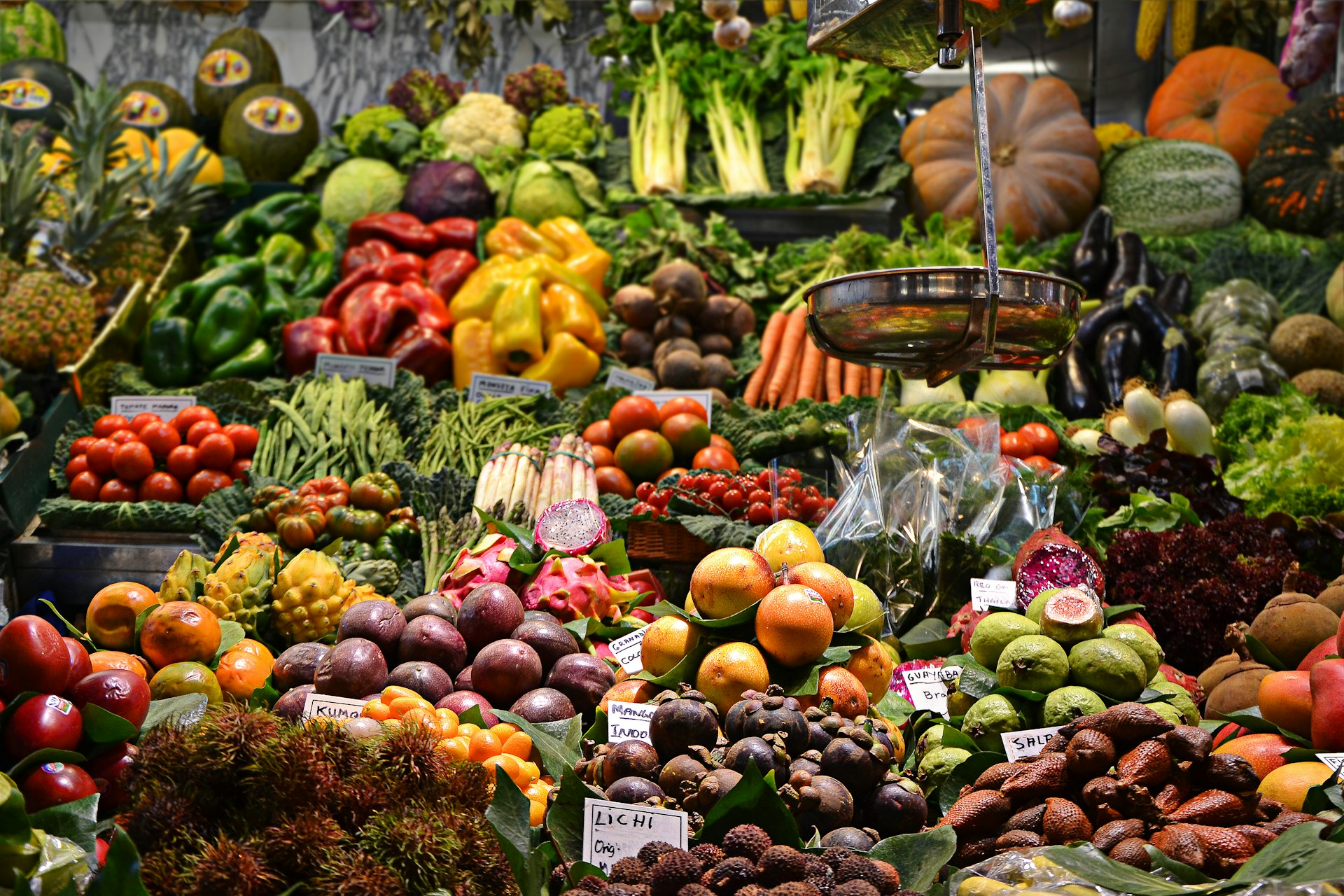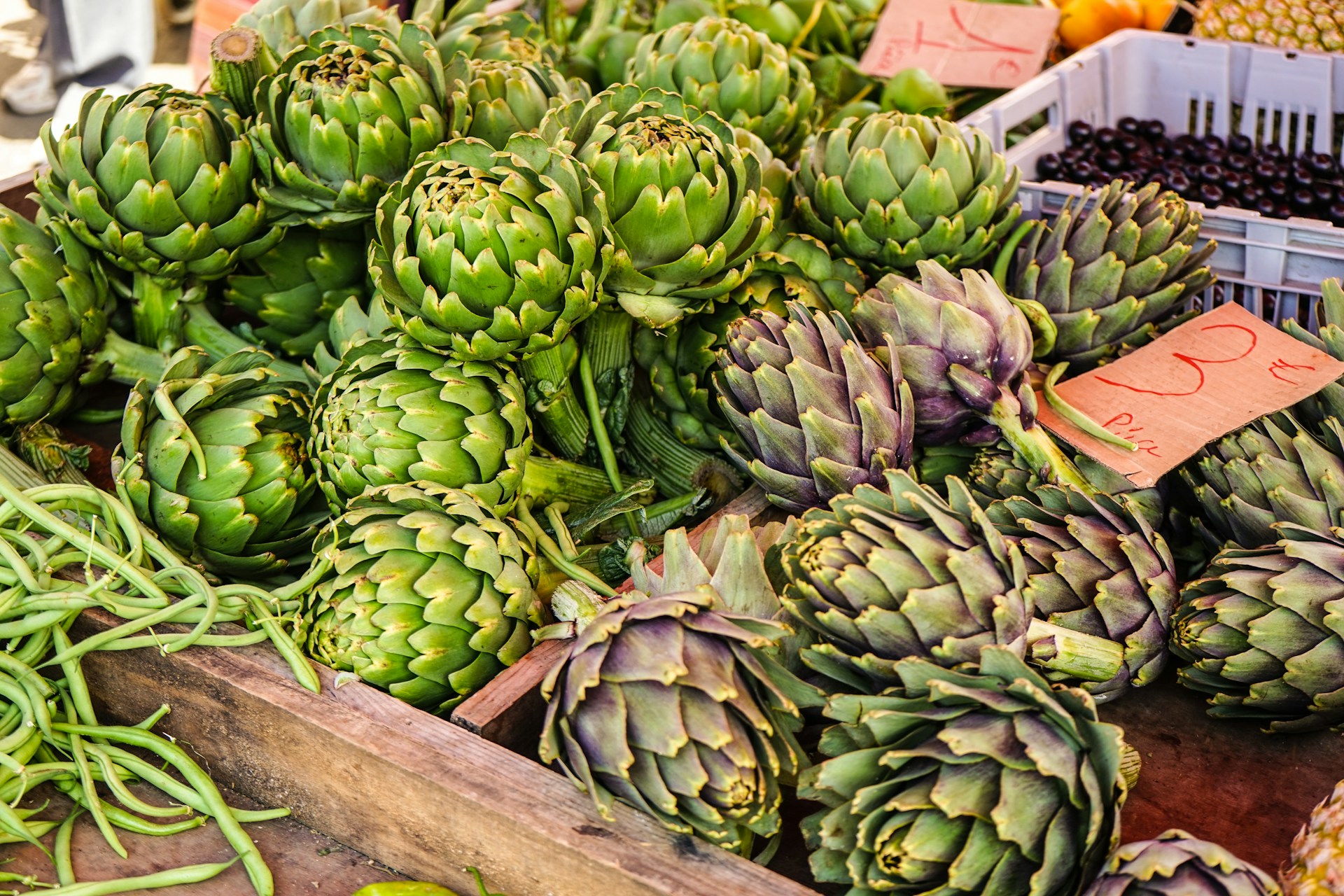The world of retail is constantly evolving, reliant on major shifts in consumer behaviour.
One of these prevailing trends lies in the realm of fresh produce packaging.
Changing lifestyles, growing health consciousness, and increasing focus on sustainability have dramatically changed the landscape.
Shoppers today, are not just considering the freshness, but also the packaging of the produce they purchase.
The direct correlation between consumer demand and packaging choice is becoming impossible for the industry to ignore.
It is not merely about aesthetic appeal anymore, it’s a crucial factor impacting sales, brand image, and environmental footprint.
Consumer Preferences Impacting Produce Packaging
1. Desire for sustainable, eco-friendly packaging.
In today’s world, consumer choices are significantly influenced by environmental concerns.
In this context, the packaging of produce plays a crucial role.
Responsible consumers are increasingly seeking out products with sustainable, eco-friendly packaging.
As a result, manufacturers are working to develop new types of packaging materials to meet this growing demand.
This not only involves using bio-degradable materials, but also reducing the overall amount of packaging used.
Reducing packaging waste is a key factor for consumers when making purchasing decisions.
This focus on sustainable packaging is reshaping the produce industry, pushing companies to innovate and adopt new practices.
Apart from the environmental impact, sustainable packaging can also bring other benefits.
For instance, it can enhance a brand’s reputation and appeal to ethically-conscious consumers.
On the other hand, failure to adopt sustainable packaging strategies can harm a brand’s image.
Moreover, sustainable packaging can lead to cost savings in the long run.
Even though the initial investment might be higher, reducing packaging waste can translate into significant savings.
Moreover, in an industry plagued by overproduction and waste, sustainable packaging offers a solution to optimize resources.
A growing number of consumers are willing to pay a premium for products with eco-friendly packaging.
The fact is, sustainable packaging is no longer a choice, it’s an imperative.
If companies want to stay competitive and relevant in the marketplace, they need to respond to this desire for sustainable, eco-friendly packaging.
2. Preference for Resealable, Multipurpose Packaging
Today’s consumer is increasingly valuing functionality in packaging, with a significant preference for reusable, multipurpose packaging.
With the buzz of everyday life, consumers favor packaging which can be conveniently resealed, thus guaranteeing the freshness and longevity of their produce.
The appeal for resealable packaging cuts across various types of produce, indicating a broad-based consumer trend and not simply a product-specific one.
In addition, a packaging that can not only protect the product but also serve another purpose once opened is considered a major plus.
The desire for multipurpose packaging is driven largely by an increasing consumer need for practicality and convenience.
This trend also ties into the growing environmental consciousness, as re-purposed packaging helps reduce product waste.
A key example is the use of glass jars that can be reused for storage once the original product has been consumed.
Thoughtfully designed, multipurpose packaging can also offer an added value to the product, giving a higher perceived value in the eyes of consumers.
Moreover, it is important to note that while the preference is for multipurpose, resealable packages, consumers do not want this at the expense of physical design or aesthetics.
A well-developed design that is both attractive and has utility offers the best of both worlds.
This demand for multipurpose, resealable containers poses a challenge to product packaging designers to create solutions that are not only aesthetically pleasing but also practical and versatile.
As such, questions on balancing functionality with design, as well as sustainability, are becoming central in the packaging design discussion.
A well-executed example of multipurpose, resealable packaging can serve as a competitive differentiator, particularly in a market where it seems as though product similarities outweigh the differences.
Ultimately, the demand for resealable, multipurpose packaging reflects a broader shift in consumer preferences towards convenience, practicality, and sustainability.
For produce businesses, this presents an opportunity to innovate and cater to these rising consumer demands, fostering stronger brand loyalty in the process.
3. Need for clear, visible product information
The modern consumer possesses a heightened consciousness towards their diet, propelling the need for clear, visible product information on the packaging of produce.
This trend has seen the packaging industry evolve to include more transparent labels that provide detailed information about the product.
These include nutritional value, origin of the produce, and even the farming practices used to cultivate the products.
Marketers have realized the power of information transparency in fostering trust and loyalty among customers.
On the packaging of produce, consumers prefer comprehensive details about what they consume.
Transparency in product information satisfies the consumer’s curiosity about the produce and empowers them to make informed purchase decisions.
It causes increased product value perception, contributing to brand preference and consequently leading to repeat purchases.
This detailed information tends to influence the purchase decision of health-conscious customers who may want to avoid certain ingredients or components in their diet.
Furthermore, clear and visible product information on packaging serves as a value proposition to the consumer.
It saves customers time in scrolling through the internet for information about the product, enhancing user experience and consumer convenience.
Moreover, as more consumers advocate for transparency about sustainability, carbon footprints, and ethical sourcing, these details provide a unique selling point for the product, making it preferred over others in the market.
Supplying detailed product information on the package also fulfills legal requirements in many jurisdictions, and this compliance can be a selling point for ethical conscious consumers.
Whether detailed product information is shared on the brand’s website or a QR code displayed on the package leading to such information, this transparency adds a layer of trustworthiness and credibility to the brand.
Clear, visible product information helps consumers feel more connected to their food, knowing its journey from farm to table which, in turn, enables them to make mindful, informed choices.
Therefore, the need for clear, visible product information on produce packaging does not only respond to consumer preferences but also presents lucrative market opportunities for producers.
Undoubtedly, brands that create an information-rich, transparent product packaging can make their products stand out, gain consumer trust, and eventually increase their market share.
4. Preference for Convenient, Travel-friendly Packaging
As today’s consumers become increasingly mobile, the demand for convenient, travel-friendly packaging is on the rise.
Not only do they prefer packaging that is easy to carry around, but also those that can withstand the rigors of travel while keeping the produce fresh and intact.
This preference reflects the lifestyle of many consumers who are often on-the-go, opting for food options that cater to their active schedules.
The packaging industry has taken notice and is constantly innovating to meet these needs.
By using sturdy materials and clever design, they aim to offer produce packaging that is compact, lightweight, and easy to transport.
A good example would be berry containers that come with a fitted lid, designed to prevent spillage and squishing during transit.
Similarly, pre-packaged salads are often packed in resealable bowls that double as a serving dish, making it ideal for travel.
Another popular trend is the use of portion-sized, travel-friendly packs such as mini snack carrots or baby cucumbers which can easily be tucked in a lunchbox or bag.
For consumers, the appeal of such packaging lies not just in its portability but also the ease of consumption it offers – they can snack on the go without any fuss or mess.
Moreover, travel-friendly packaging can also help in portion control, an aspect that is important for those who are health conscious or on a diet.
The key to successful travel-friendly packaging lies in its ability to offer convenience without compromising on the quality of the produce or its taste.
A well-designed travel packaging would be easy to open, have a secure closure to prevent leaks, and keep the produce in good condition during transit.
However, it’s also important to remember that while convenience is paramount, the packaging should also be sustainable and eco-friendly – keeping in line with an increasing number of consumers who are conscious of their environmental impact.
This means using materials that are recyclable or biodegradable, without adding unnecessary weight or bulk to the packaging.
With the right approaches and technologies, the packaging industry has the opportunity to deliver packaging solutions that not only meet the demands of consumers for convenience and portability, but also uphold a commitment to environmental sustainability.
5. Desire for attractive, appealing package design.
When it comes to product packaging, visual appeal plays a particularly significant role in influencing consumer buying behavior.
Produce packaging is no exception to this rule, where a beautiful, well-designed package can have a powerful impact on a product’s desirability.
In fact, numerous studies have shown that packaging aesthetics significantly affect the perceived quality and value of the product within.
Simply put, when it comes to produce packaging, people do judge a book by its cover.
Eye-catching designs, beautiful colors, and intriguing textures on produce packaging can draw consumers’ attention and make the produce stand out amongst other similar products.
Uniqueness is a crucial factor in attractive packaging design; a distinctive package can grab attention and spark curiosity, thereby stimulating interest and potentially boosting sales.
It is also important to note that the visually appealing design should also be congruent with the product it contains – a mismatch between product and packaging style could potentially confuse and turn off potential customers.
A good package design isn’t just about being pretty – it also has to communicate the core values and features of the product inside.
Furthermore, a good design should take into consideration its target audience – what appeals to one demographic might not work for another, hence it’s crucial to create a design that resonates with the intended consumers.
Interestingly, consumers are now showing an increased preference for package designs that are simple and minimalist, as they are perceived as being more authentic and transparent.
This desire for simple, clean designs can also be seen as a reaction to the overwhelming amount of visual ‘noise’ consumers are exposed to in today’s market.
Creating package designs that capture consumer attention, communicate product values and appeal to the intended audience is no small feat, hence significant thought, research, and creativity should be invested in this process.
In essence, understanding consumer desire for attractive, appealing package design is key to creating effective packaging that has the potential to influence consumer purchasing decisions.
Given the tough competition in the produce market, having attractive, appealing package design is not just a luxury – it is a necessity that could dictate a product’s success.
In the end, it’s all about striking the right balance between attractiveness, functionality, and sustainability in produce packaging to attract and retain consumers.
The Bottom Line
Undeniably, the subtle evolution in consumer preferences has greatly influenced the packaging industry.
The burgeoning desire for sustainable, environment friendly materials is a driving force, reflecting awareness of our environmental footprint.
Equally important are consumer convenience and functionality, evident in preferences for multipurpose, resealable packaging that suits an on-the-go lifestyle.
The growing demand for transparency in product information indicates the discerning, informed consumer of today.
Additionally, while attractiveness and appeal in package design may seem commonplace, the role it plays in purchase decisions cannot be underestimated.
Therefore, the future of packaging relies on its ability to synergize aesthetics and practicality while remaining committed to environmental stewardship.




